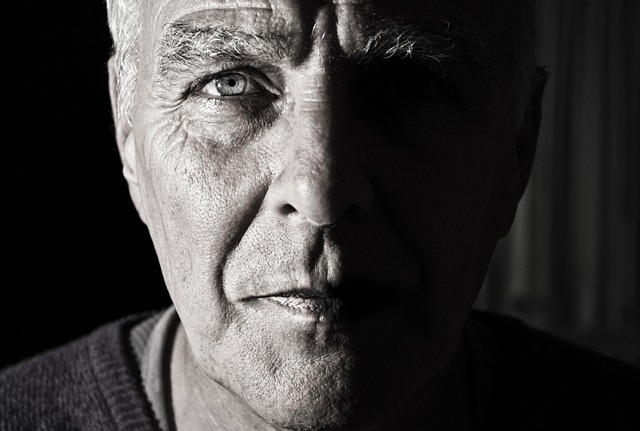
Palliative care
In 5 years the Medicare Benefits Schedule payments for palliative medicine specialist services has increased by almost 80%, according to figures released by the Australian Institute of Health and Welfare (AIHW).
In 2014-15, 13,000 patients received an MBS-subsidised palliative medicine specialist service, with around 71,500 of these services provided nationally at a cost of $5.3 million paid in benefits.
The report, Palliative care services in Australia 2016, shows that palliative care hospitalisations increased by 11% from 55,983 in 2009-10 to 62,164 in 2013-14.
AIHW Spokesperson Mr Tim Beard said, “These services provide relief from pain and other distressing symptoms for people who are dying. Such services are in increasing demand as patterns of disease at the end of life change. An increasing proportion of Australians are suffering from chronic illnesses, and people are therefore more likely to die from chronic illnesses and make use of palliative care services’.
Sonia Fullerton, palliative care physician and contributor to Palliverse said:
“The goal of palliative care is to improve the quality of life of patients with an active, progressive disease which can’t be cured. With the growth and ageing of Australia’s population, the number of patients needing palliative care has increased.
Information released by the Australian Institute of Health and Welfare has shown that inpatient and consultation palliative care services are increasing their work done in Australian hospitals.
Hospital admissions for palliative purposes increased by 11% from 2011 to 2015, however still made up only around 1% of all hospital admissions. Encouragingly nearly half of the patients who died in hospital were treated by a palliative care team.
Outpatient palliative services have expanded, with an increase of 80% in MBS funded palliative consultations over the same period.
Palliative teams take pride in being a patient centred and responsive service – 90% of patients received care within a day of being ready for care.”
According to AIHW data, the most common principal diagnosis for palliative care hospitalisations was cancer (53%), which accounted for 1 in 25 (4%) of all cancer-related hospitalisations.
Palliative care-related hospitalisations also accounted for nearly one-third (30%) of all hospitalisations with a principal diagnosis of pancreatic cancer, followed by lung cancer (29%) and liver cancer (20%).
The report also found that palliative care nurses made up the majority of the palliative care workforce. In 2014 a total of 3,269 palliative care nurses worked in the sector, along with 192 specialist palliative care physicians.
More articles on My Health Career:
